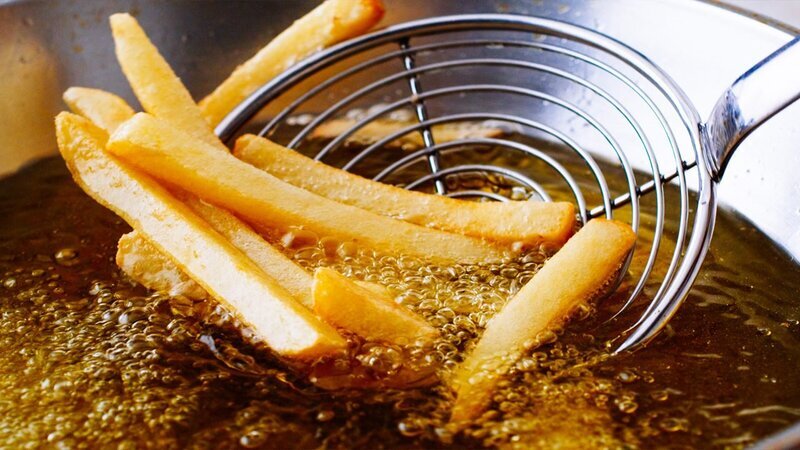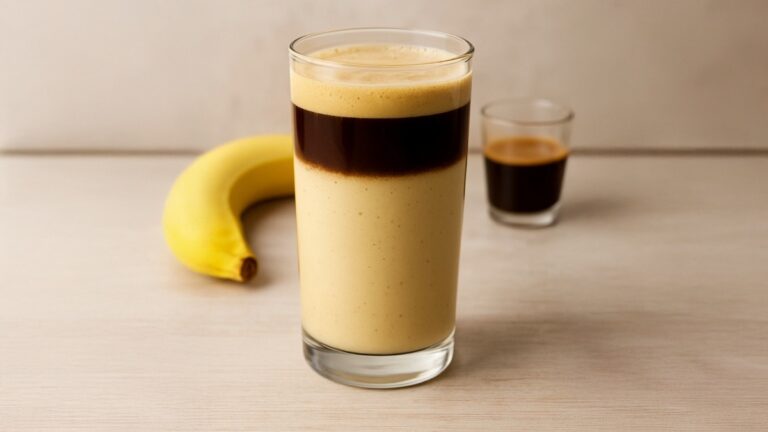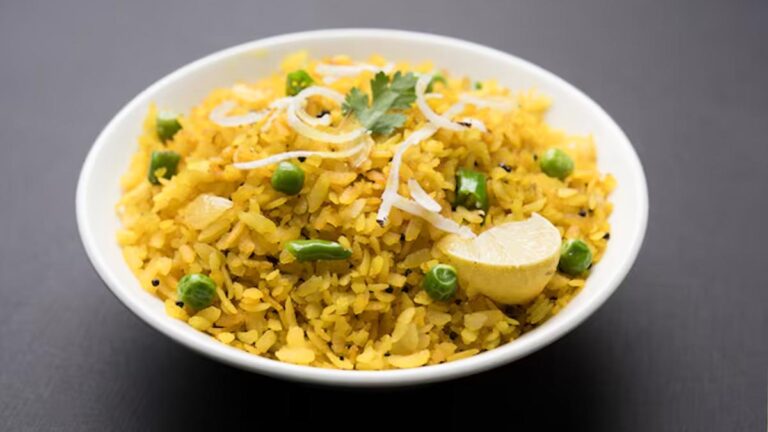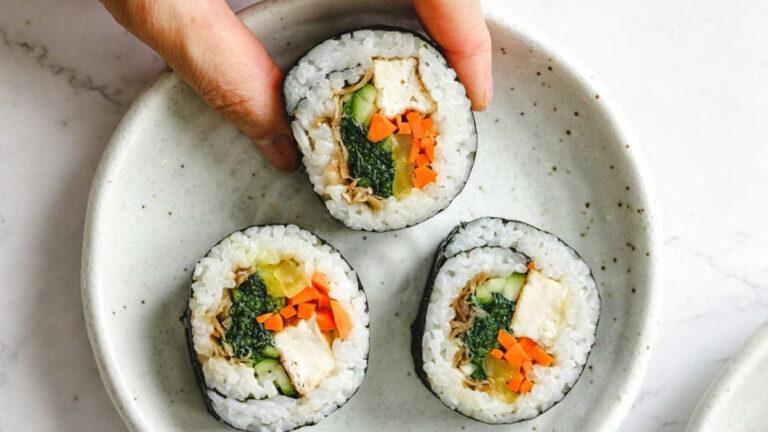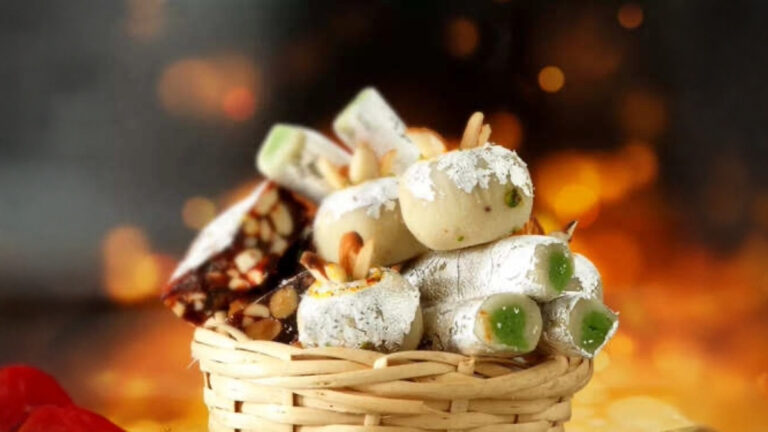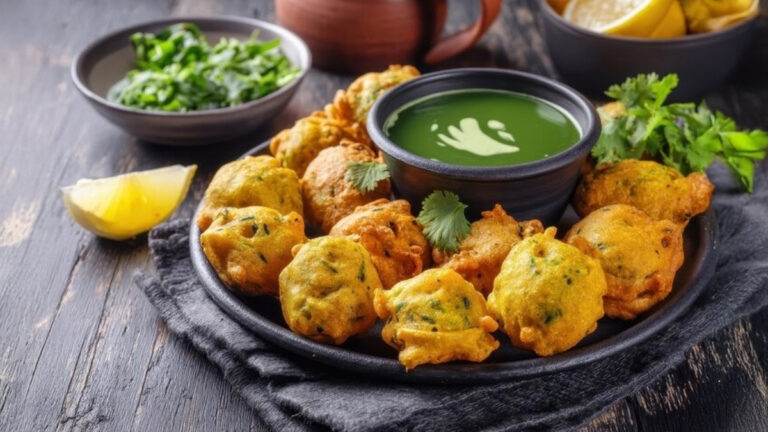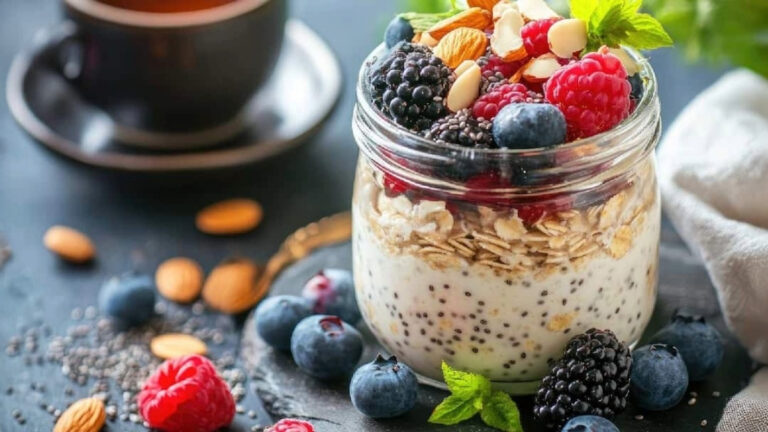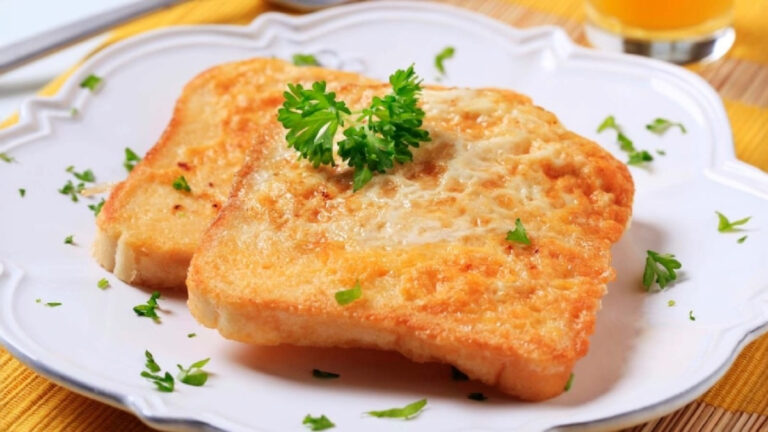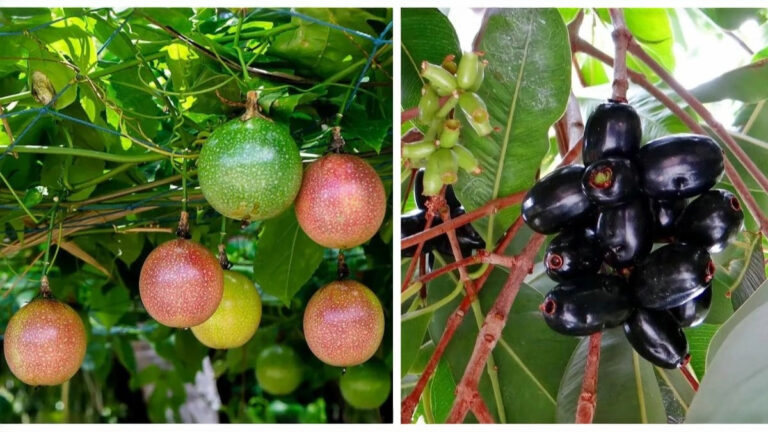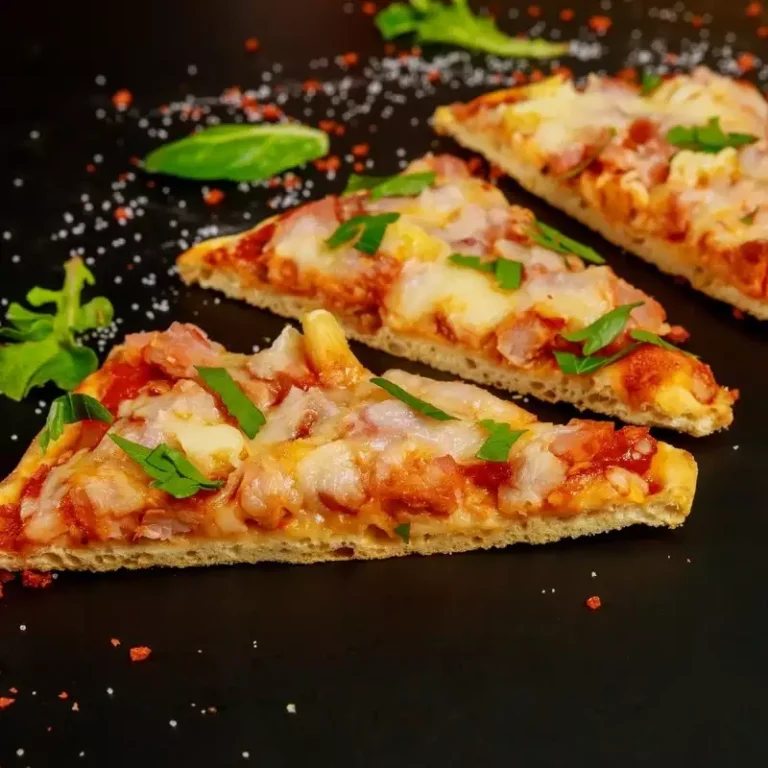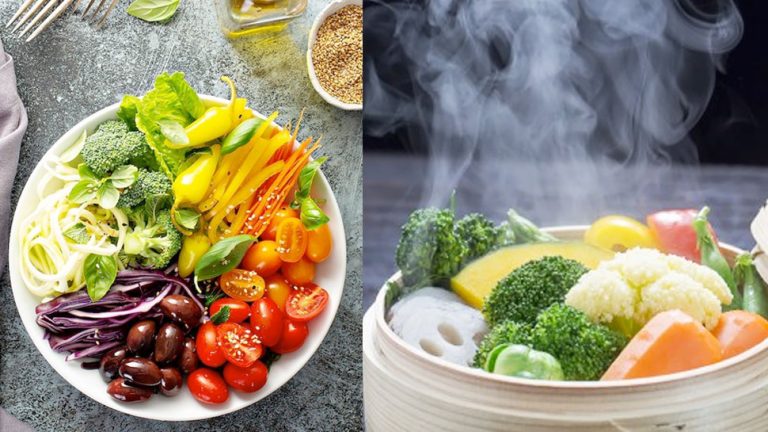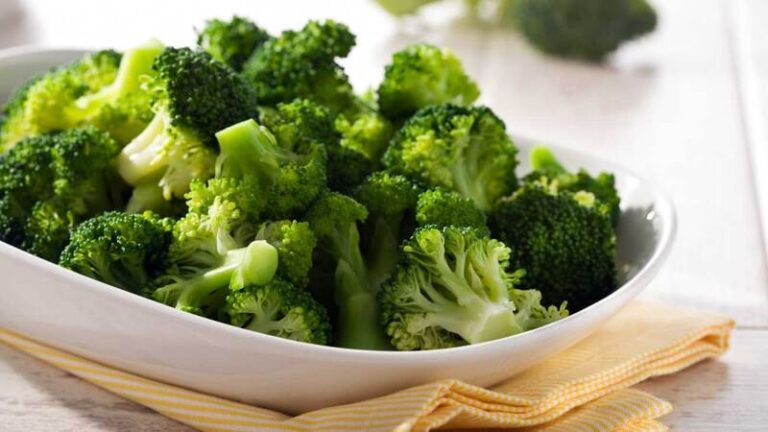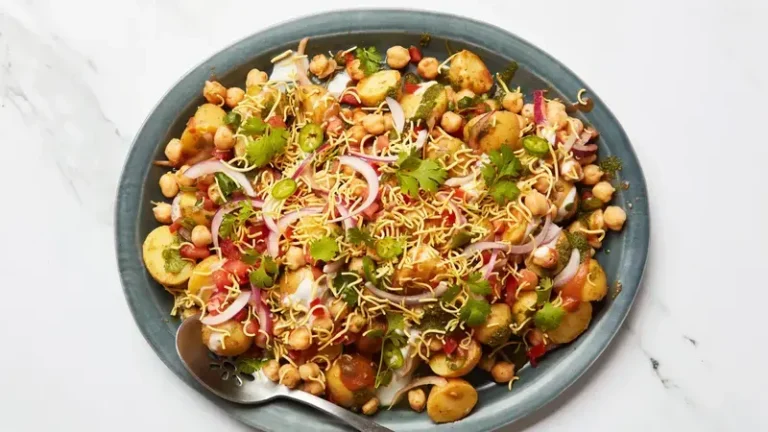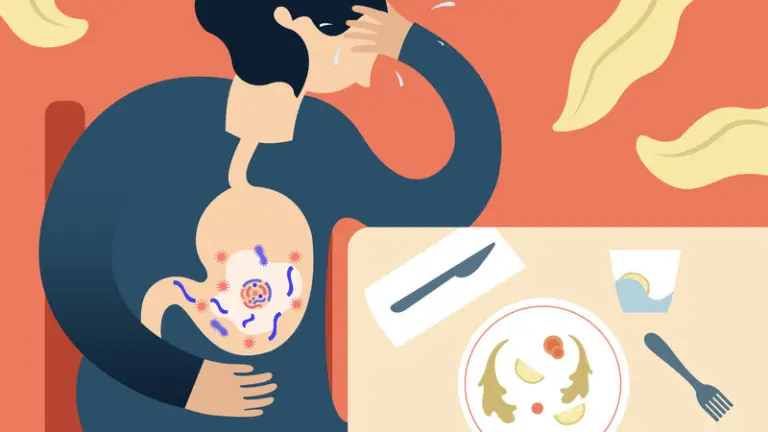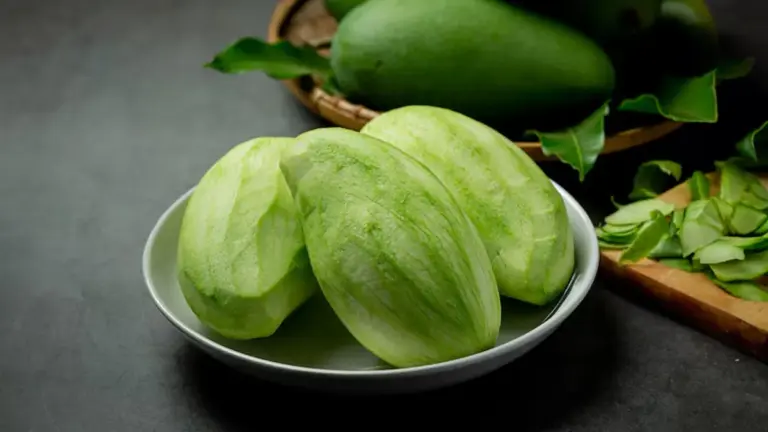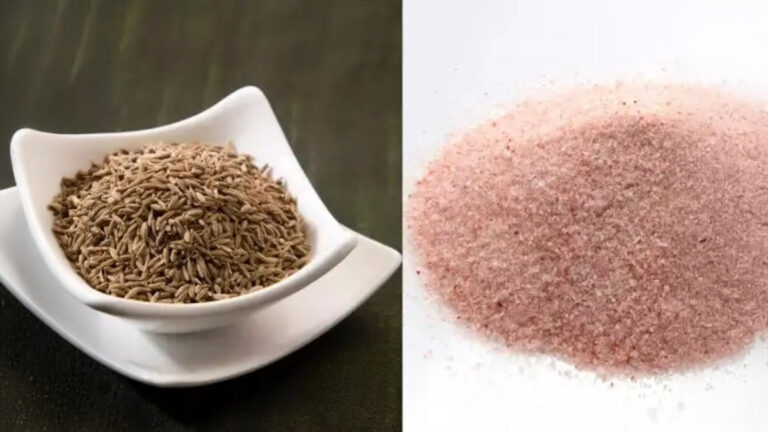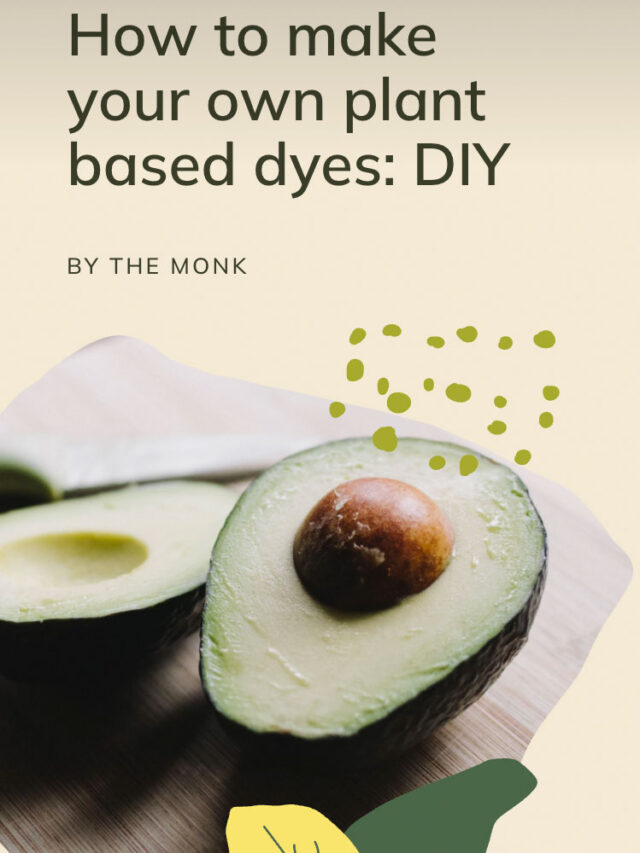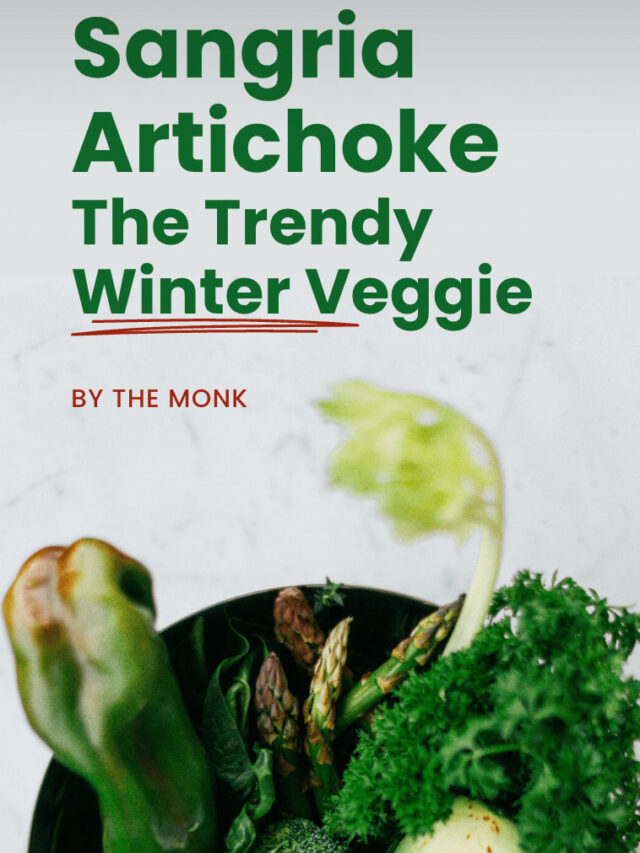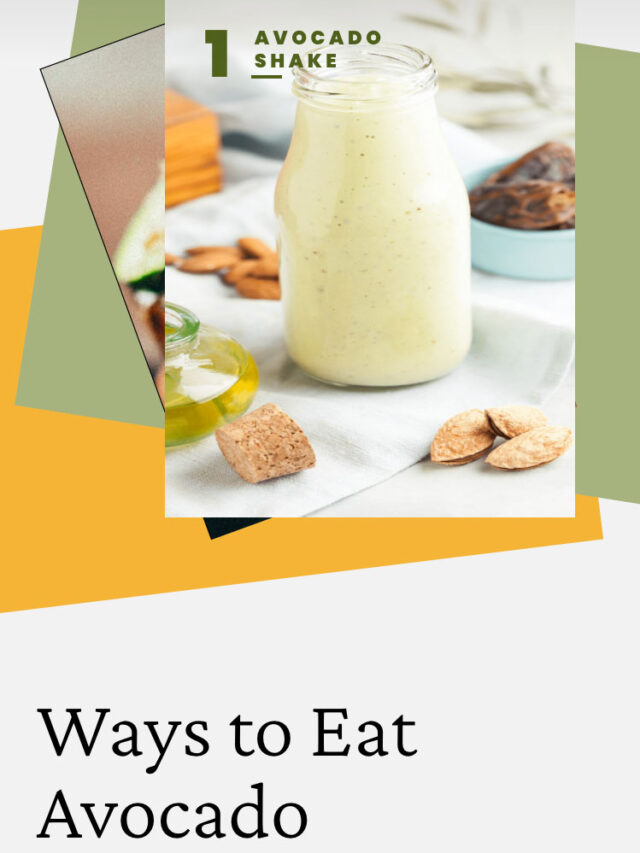Frying is a popular cooking technique that involves submerging food in hot oil or fat. It is widely used in various cuisines around the world and can result in delicious, crispy, and flavorful dishes. While frying may seem straightforward, there are several outstanding secrets and techniques that can elevate your frying game.
Let’s explore some of these secrets of frying:
- Temperature control: One of the key secrets to successful frying is maintaining the right temperature. The temperature of the oil is crucial as it affects the texture and flavor of the food. For deep frying, a temperature between 350-375°F (175-190°C) is generally recommended. If the oil is too hot, the food may burn on the outside while remaining undercooked inside. If the oil is not hot enough, the food can become greasy. Using a deep-fry thermometer can help you monitor and maintain the proper temperature.
- Preheating the oil: It’s important to preheat the oil before adding the food. Heating the oil to the desired temperature before frying ensures that the food cooks evenly and absorbs less oil. It also helps in achieving a crispy texture. Heating the oil gradually over medium heat is recommended to avoid overheating and burning.
- Choosing the right oil: Selecting the appropriate oil for frying is crucial. Oils with high smoke points, such as canola, peanut, or sunflower oil, are ideal for deep frying. These oils can withstand high temperatures without breaking down and imparting unpleasant flavors to the food. Avoid using oils with low smoke points, like olive oil, which can burn easily and result in an off-putting taste.
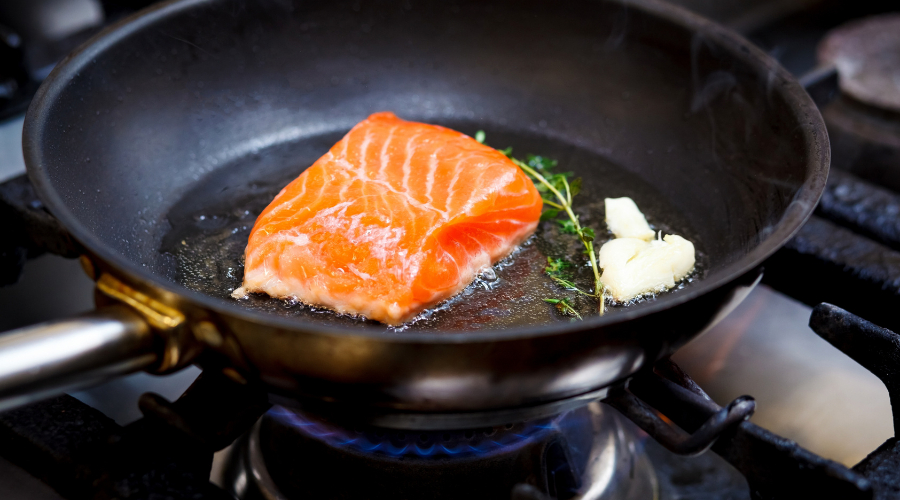
- Drying the food: Moisture on the surface of the food can cause oil to splatter and create a greasy result. It’s essential to pat dry the food before frying to remove any excess moisture. This is especially important for foods like chicken or fish, which tend to have moisture on the surface. Use paper towels to blot the food and ensure it is as dry as possible.
Some more secrets
- Proper coating: Coating the food before frying can enhance its flavor and create a crispy texture. For example, when frying chicken, coating it with a mixture of flour and spices, or breadcrumbs, can help achieve a golden and crunchy exterior. Properly seasoned coatings add depth to the flavor profile of the food. It’s important to evenly coat the food and shake off any excess before frying.
- Avoid overcrowding the fryer: Overcrowding the fryer can lead to uneven cooking and a greasy result. When frying, leave enough space between the food items to allow hot oil to circulate and cook them evenly. Fry in small batches, if necessary, to maintain the temperature of the oil and achieve crispy results.
- Drain excess oil: Once the food is fried, it’s essential to drain off any excess oil. This can be done by placing the fried food on a wire rack or a paper towel-lined plate. Allowing the excess oil to drip off helps maintain the desired texture and prevents the dish from becoming excessively greasy.
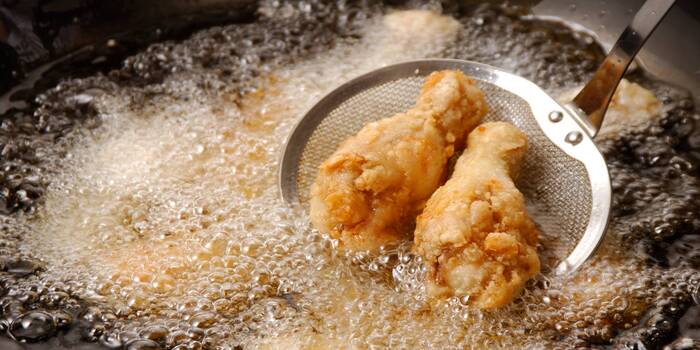
- Season immediately: Seasoning the food immediately after frying can enhance its flavor. Sprinkle salt, herbs, or spices while the food is still hot to ensure the seasoning adheres well. The heat of the food helps the flavors penetrate deeper, resulting in a more flavorful outcome.
- Maintain oil quality: The quality of the frying oil plays a significant role in the taste and appearance of the food. It’s important to strain and store the oil properly after each use. Straining removes any food particles that can cause the oil to break down and develop off-flavors. Storing the oil in a cool, dark place can help prolong its shelf life and maintain its quality for future use.

